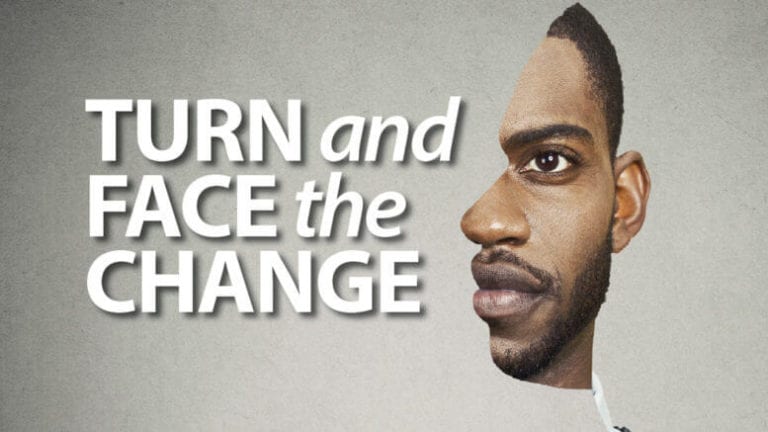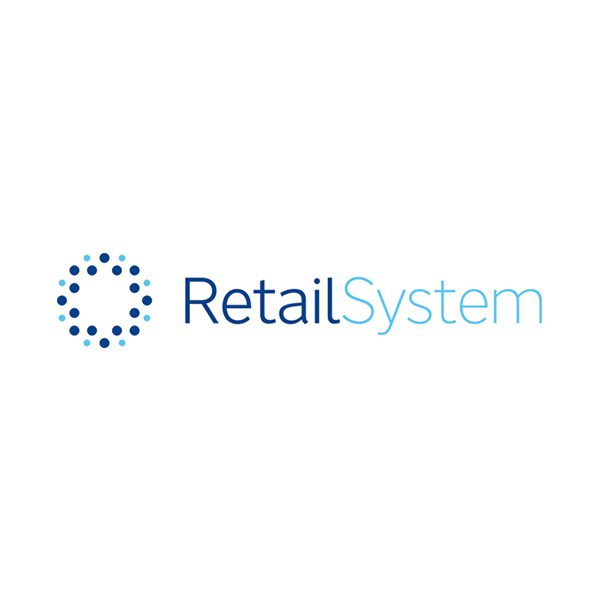Customer experience still counts.
But studies show the most effective way to maximize customer value is to connect with them at an emotional level.
Home Furnishings Association member Lael Thompson is the Chief Operating Officer for Sonshine Furniture in Aurora, Colo. Thompson will be the first to tell you the growing success of the family business these past 35 years can be traced to data-driven strategies and old-fashioned common sense.
“Every business has to have a certain logic behind its decisions but furniture stores aren’t car dealerships; our customer experience provides an emotional connection.”
Lael Thompson
This is offered in an almost Spock-like monotone, before Thompson softens up and says there’s another side to Sonshine’s success, one that’s less logical, less methodical than cold, dense numbers on a bottom line. There’s also the warm and fuzzy side of his business to consider.

Too often, says Thompson, furniture retailers think of what they sell solely as a commodity like so many soybeans and livestock, and less as the starting point for a memory. What if retailers use that recliner to tap into their customers’ fundamental motivations and fulfill their deep, often unspoken emotional needs?
Thompson likes to tell other retailers and manufacturers – really, anyone who will listen – that no other big-ticket purchase in our lives has as much emotion attached to it as furniture.
Thompson is the first to admit emotions might be hard for retailers to see in a warehouse filled with shrink-wrapped furniture, but hear him out.
“We don’t do nearly enough as retailers to emotionally connect consumers with what we sell, which is weird because everything we sell is tied to emotions and memories,” he says.
“Think about the first time our kids stood up and started taking their first steps; chances are we think of them grabbing on to the coffee table. Or think about when we spend our Thanksgivings with family and friends. All those Thanksgivings don’t happen without you first buying the dining room table and chairs everyone is sitting around.”
Essentially, emotional marketing and branding arouse emotions within your store’s prospective customers. Emotional marketing has been around as long as advertising itself — after all, few big-ticket purchases are grounded in logic and reason. The same holds true for emotional branding, which builds brands that appeal directly to a consumer’s emotional state, needs and aspirations.
Everything we sell is tied to emotions and memories.
Lael Thompson
If other big-ticket items like cars, houses – even cellphones – are tapping into consumers’ emotions, where are the heartstrings when it comes to marketing and branding furniture?

Samantha Meridieth is vice president of branding and business development for R&A Marketing in Columbus, Ohio. In today’s digitally driven society where everything from recliners to romance is a click or swipe away, Meridieth believes humanity is becoming the new premium. The internet constantly rewards us with convenience and instant gratification, making the human touch increasingly scarce and more coveted. That’s where emotional marketing and branding can come into play for your furniture store, says Meridieth.
Meridieth says emotionally connected customers are more valuable than highly satisfied customers because they will buy more from your furniture store, visit more often, exhibit less price sensitivity and recommend your brand more – everything you hope your marketing and branding efforts will cause them to do.
One influential study, reported in Psychology Today, found that “when evaluating brands, consumers primarily use emotions (personal feelings and experiences) rather than information (brand attributes, features, and facts).” The same study found that a viewer’s emotional response to an ad was a greater influence on their intent to buy than the actual content of the ad — up to three times greater, in fact.
Too often, Meridieth says, furniture retailers focus their message around price and quality at the expense of the emotional side to a furniture purchase. “Price and quality do drive a person into a store,” she says, “but layering in the emotional side could be what drives them into your store.”
One example Meridieth likes to give is establishing an emotional connection early with consumers – even ones who aren’t in the market for furniture. Retailers can do this by offering educational, story-telling videos on their website. Videos that show viewers how to lend a natural look and feel to a room or how to create the perfect eating space help establish a connection between a brand store and the consumers. Both videos are examples of real-life topics for consumers that help educate them even when they might not currently be in the market for furniture. “You’re still connecting with them so that when they reach that point, your brand is foremost in mind with them,” says Meridieth.
It’s all about the lifestyle.
Ron Werner
Of course, the message retailers put out to consumers depends largely on where consumers are in their lives. R&A Marketing tells retailers there are five different life stages in furniture consumers, ranging from 20-something millennials to Baby Boomers in their 60s. “The emotional side of buying needs to be differentiated between the life stages,” says Meridieth.
That includes aligning your product with your targeted audience, says Meridieth. So younger consumers might better relate to a message of children jumping on more affordable Ashley sofas while more mature consumers might be partial to a party where guests are surrounded by mid-priced Flexsteel. This way, says Meridieth, “you’re layering in your marketing’s emotional message while still blasting price and bringing in qualified buyers.”
An emotional edge
HFA member Ron Werner is passionate about emotional marketing and branding. “We live in a highly competitive world with massive threats from Wayfair, Amazon and other behemoths,” says Werner, who along with partner Jim Hering founded HW Home, a high-end chain of four furniture stores in Denver and Fort Collins, Colo. “If I’m just competing against commodity against those guys, I’m in trouble. What we can do to give us an edge is to bring the emotion into what we do. Tell a story and engage with our customers in a way no online store can.”

Werner and Hering do that by branding HW Home as a lifestyle. The company runs a series of ads implying as much and reinforces that notion with vignettes that are strikingly rich in display and detail. HW Home’s ads never mention price. “It’s all about the lifestyle,” says Werner.
“Look, our homes are very personal to us and they should be,” says Werner. “How we decorate them tells us a little about who we are. If this was not something personal, something emotional to us, we’d all be living in hotels so of course we’re going to engage on an emotional level with people.”
Of course, not every HFA member sells Cassidy Leather sectionals for $13,850 like HW Home. Doesn’t matter, Werner says. “If you’re a mom-and-pop store selling futons to college kids, there’s a way to connect with them beyond price. Maybe it’s comfort or style. The point is every retailer has an emotional appeal to their brand. You just have to find out what your appeal is.”
Just as important, retailers need to learn what their consumers are pining for. Business coach Jeff Shaw calls these insights “emotional triggers,” touchpoints for engaging with customers. “What is it that means most to them? What are their expectations?” asks Shaw. “Don’t think those triggers don’t exist because what’s more emotional than your home?”
That leads to a bigger emotional strategy from Shaw: Once you get to know who your customers are and what they want, “look for what their deeper needs might be – those items or services they wouldn’t even think to ask for. You may have to try a few things out and see what shocks and delights them, but they’re there.”
That leads to a bigger emotional strategy from Shaw: Once you get to know who your customers are and what they want, “look for what their deeper needs might be – those items or services they wouldn’t even think to ask for. You may have to try a few things out and see what shocks and delights them, but they’re there.”
Benefits over features
HFA member Gregory Rich of Habitation Furnishing + Design in St. Louis Park, Minn., trains his staff to highlight the emotional aspect of furniture whenever possible. That old sales chestnut of focusing on the benefits, not the features? “We try to do that every opportunity we get,” says Rich, last year’s HFA Emerging Star winner.
Features are the elements of your product, says Rich. Benefits are how your product helps customers. In other words, features are factual, while benefits are emotional.
“So, when somebody sits on one of our ottomans, we’re not going to brag to them about the high-density foam or the particular type of fabric it’s wrapped in,” says Rich. “We’re going to focus on how the ottoman makes them feel. We want them to notice the comfort they’re getting, the enjoyment and relaxation after a long day’s work. We’re going straight for the emotion.”
Besides, says Rich, hook them with the emotion and then come back with the product knowledge. “Once you get them with the emotional buy-in, you can go back and validate the sale with the quality of the ottoman.”











